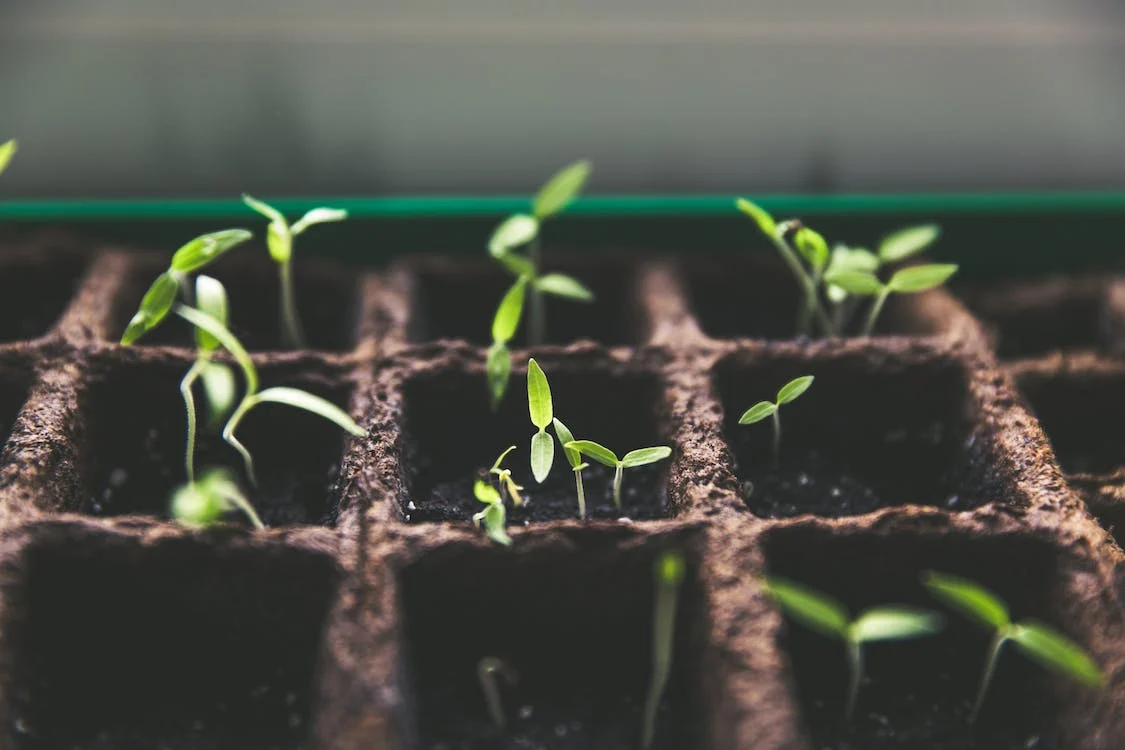A survival garden is a great way to ensure that you have access to fresh and nutritious food in times of need. However, planning a survival garden can be overwhelming, especially if you are new to gardening. In this blog post, we will discuss the key factors to consider when planning a survival garden and offer practical tips to help you get started.
Choose the Right Location
The first step in planning your survival garden is to choose the right location. You will want to select an area that gets plenty of sunlight and has good soil drainage. In addition, you may want to consider the security of the location. Heirloom seeds have adapted to a wide range of climates and soil types. This means that they are more likely to thrive in your garden, no matter where you live.
When choosing a location, it's also important to think about the size of your garden. If you are new to gardening, you may want to start small and expand your garden as you gain experience. Your hardiness zone will also dictate what to plant, but the good news is there's flexibility, and you can grow tasty produce in multiple climates.
Select the Right Crops
Once you have chosen a location for your garden, you will need to select the right crops to grow. When planning your survival garden, it's important to focus on crops that are nutritious, easy to grow, and have a long shelf life. Some good choices include:
- Root vegetables: Carrots, beets, and potatoes are all excellent choices for a survival garden. They are easy to grow, store well, and provide a good source of nutrients.
- Leafy greens: Lettuce, spinach, and kale are all nutritious and easy to grow. They also have a relatively short growing season, which means you can plant multiple crops throughout the year.
- Legumes: Beans, peas, and lentils are all good choices for a survival garden. They are high in protein, store well, and can be used in a variety of dishes.
Choose our heirloom seeds for their durable, long-lasting addition to any vault, with options ranging from carrots to watermelon and squash. Unlike hybrid seeds, heirloom seeds are designed to last and pass down through the decades to future generations. Plenty of home chefs keep an herb garden within reach, and they also make for a decorative way to jazz up your windowsill or empty corner of your kitchen to maximize your space.
Create a Planting Schedule
Once you have chosen your crops, you will need to create a planting schedule. This will help ensure that your crops are planted at the right time and that you have a steady supply of fresh produce throughout the growing season.
When creating a planting schedule, it's important to consider the climate in your area and the specific requirements of each crop. For example, some crops may need to be started indoors before being transplanted outside, while others can be sown directly in the garden.
Invest in Quality Seeds
To ensure the success of your survival garden, it's important to invest in quality seeds. Look for seeds that are labeled as "heirloom" or "non-GMO" to ensure that you are getting high-quality, natural seeds that will produce healthy and nutritious crops.
In addition to seeds, you may also want to consider investing in gardening tools and equipment, such as a hoe, shovel, and watering can. These tools will help you tend to your garden and ensure that your crops are growing strong and healthy. Shop our seed kits to find the right seeds for your survival garden.
Planning a survival garden can be a fun and rewarding experience, and it doesn't have to be complicated. By choosing the right location, selecting the right crops, creating a planting schedule, and investing in quality seeds and tools, you can create a thriving garden that will provide you with fresh and nutritious food for years to come.

Next Steps
If the time and labor involved in survival gardening is holding you back from growing your own food source, consider adopting the no-dig method. You could quickly improve your own health and that of your garden simultaneously. Ready to take the next steps? Get everything you need to help your survival garden flourish, from survival seeds to bat houses and tools.












